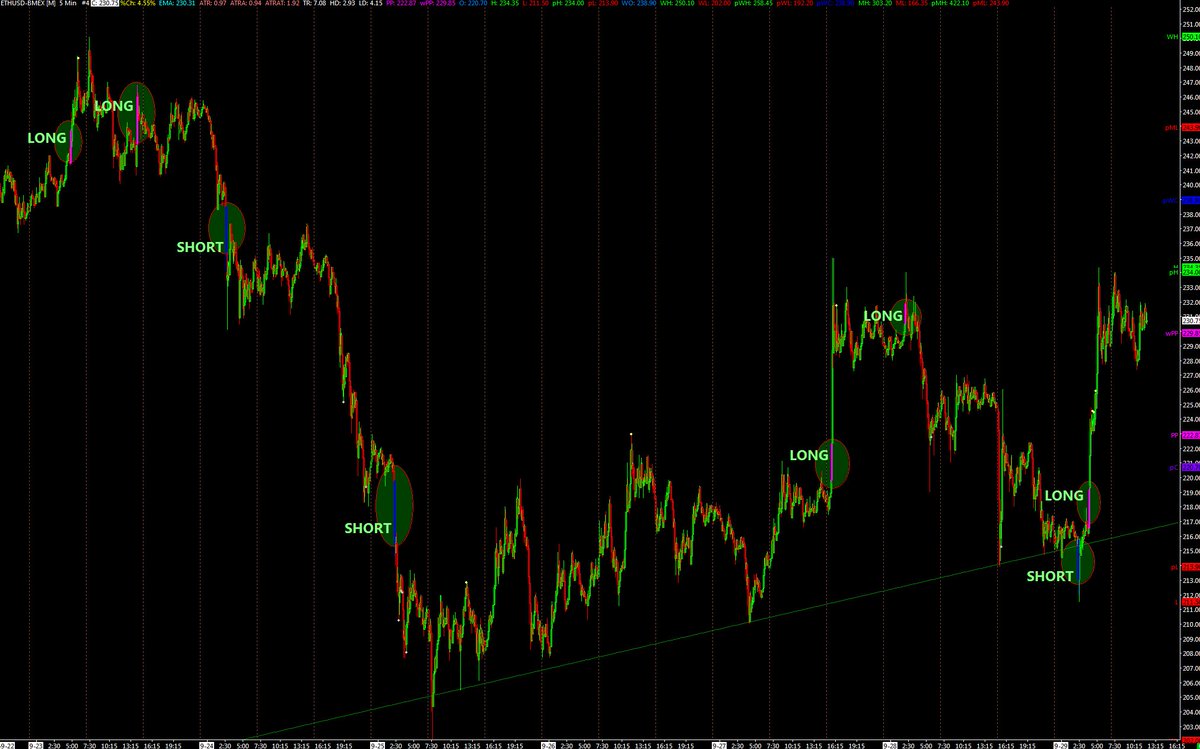1/ At current prices, top 5 PoW coins (BTC, ETH, ZEC, BCH, LTC) are creating about USD 22 million in coins every day, USD 8 billion a year. BTC represents 56% of that total, while ETH represents 30%. Given current depressed prices, can be assumed ALL are being sold. #mining
2/ Miners, together with exchanges and ICOs, need to sell their coins to fund their operations. These market participants represent natural sellers. Combine that with the relative absence of new crypto investors, and you have the reason for prices crashing. #DemandAndSupply
3/ Given the dearth of new retail investors, crypto has been looking towards the infamous influx of institutional investors to save the day, the institutional investors that are not coming. Hence the importance of an ETF & its likely upcoming rejection. hackernoon.com/cboebitcoinetf…
4/ We all recall the July pump. It was caused by a combination of oversold markets and an ensuing technical breakout, all on the back of market participants getting overly excited about a bitcoin ETF, due to misinformation. Chart shows Google Trends for "bitcoin ETF". 

5/ Mining numbers referenced in the first tweet can be found here: coinmetrics.io/charts/#assets…. Fantastic website @nic__carter.
6/ Corollary: buying into BS and #fakenews spewed by influencers and the media can be very costly. The misinformation and optimism spread around in early July about the ETF was all over the place.
7/ Bitmex is making about 650 BTC a day in fees, or USD 4 million at current prices. Assuming an average trading fee of 0.15%, exchanges listed on Coinmarketcap (excl. Bitmex, US Futures, and Transaction Mining exchanges) receive USD 46 million in coins every day.
8/ So exchanges receive a total of USD 50 million in coins per day. What percentage are they selling every day? Let's assume 80%. That would make the combined daily selling pressure from miners and exchanges USD 62 million, or USD 23 billion per year. And that excludes ICOs.
9/ Is there over USD 23 billion of fresh fiat coming into crypto, to counter the natural sellers? Consider as well these outflows represent a staggering 12% of the current market cap. The imbalance is notable.
10/ Anything to add to my analysis? Please shoot.
Had to recalculate and repost as had initially failed to take into account both maker + taker fees on every trade, as pointed out by @Lucid_TA.
• • •
Missing some Tweet in this thread? You can try to
force a refresh











